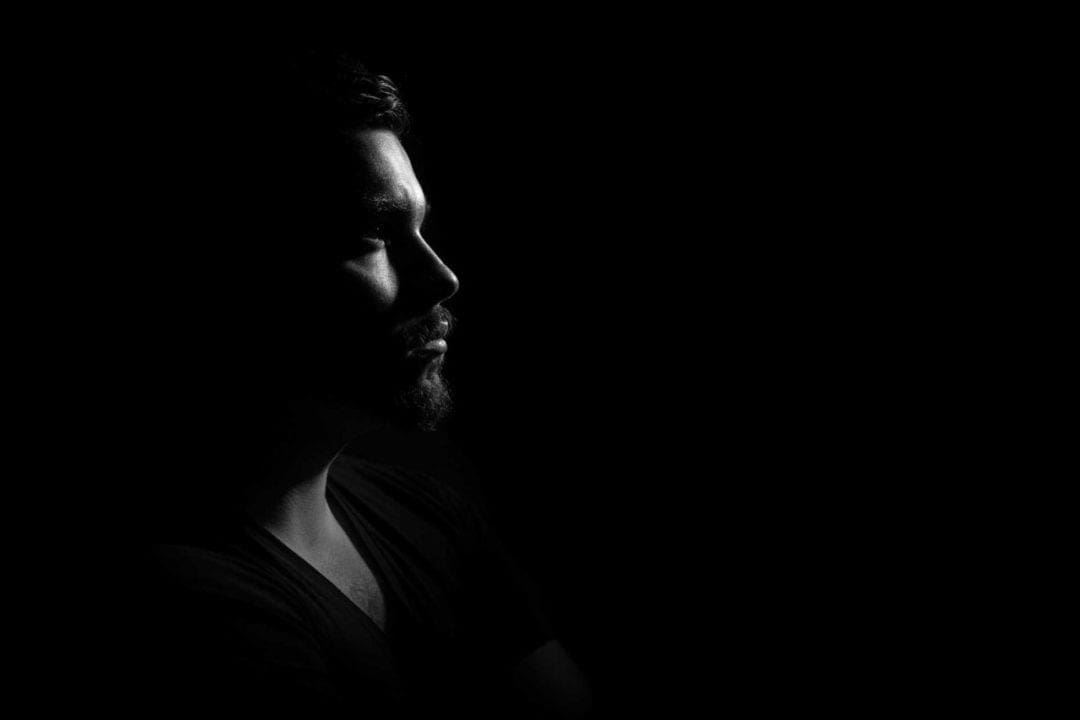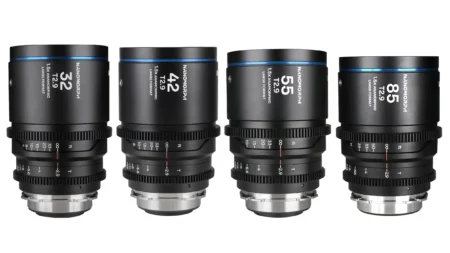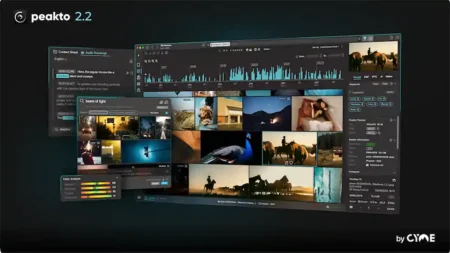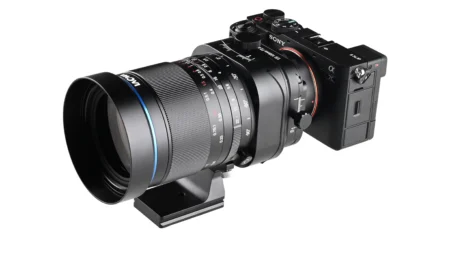Using light modifiers in your photography can help transform your photos from those that might be good, but not quite right, to those that look professional in quality and approach. However, there are a few principles about light modifiers you must understand before you can use them to their full potential…
01 Light modifiers can be used with any light source
Although light modifiers are traditionally associated with studio lights, scaled-down versions are also incredibly useful for producing more attractive or creative effects with flashguns or strobes. You can even use some with natural lighting.
02.Light modifiers don’t just soften light
Many light modifiers are designed to spread, diffuse and soften the light from a source to make shadows less-dense and reduce the harshness of highlights, but some such a grids can make light harder and more directional to have the opposite effect.
03 Light modifiers cut some light
As modifiers sit between a light source and the subject they reduce the amount of light that reaches it and it’s often necessary to adjust exposure when a modifier is introduced or changed.
SEE MORE: You’ll love this DIY daylight control system for portrait photography
04 Light modifiers come in different shapes and sizes
A bare flash is a small light source so using one results in very hard light with strong shadows and harsh highlights. A key aim of many light modifiers is to make the light source larger and softer so that the illumination covers more of the subject and there’s a smoother transition from the highlights to the shadows.
The larger the modifier, the larger the light source will appear to be. Modifiers also come in different shapes; a long thin softbox, or strip light, for example, produces a narrow band of soft light that’s great for sidelighting.
05 Just like lenses, modifiers come with different mounts
Flashgun or strobe light modifiers are usually a push-fit or attach via and elastic band or Velcro strips and many are a universal fit. Studio lights, however, have a specific mount and it’s important to ensure that any modifiers that you buy have the correct mount. Third party modifier manufacturers often offer more than one mount and adaptors are available.
SEE MORE: Bowens Generation X flash range promises ‘game-changing’ lighting
06 It’s worth experimenting with colours
While white and silver are the most common colours for reflectors and modifier reflector panels, other colours such as gold or a blend of silver and gold or white and gold are sometimes available. Gold reflectors produce a warmer tone than white or silver. Some may find it too warm, which is why gold and silver or white is popular.
07 Umbrellas are available in shoot through or reflective forms
Umbrellas are a popular form of light modifier because they are easy to transport, simple to set-up and relatively affordable. They come in two forms, those that are made from translucent material and those made from reflective material.
Umbrellas made from translucent material are usually referred to as ‘shoot-through’ umbrellas as the upper side is pointed towards the subject while the light is inside also pointing towards the subject. The light must pass through the fabric to give the illumination that’s required.
The light inside a reflective umbrella is pointed away from the subject towards the underside’ of the brolly so that the light bounces back forming a beam of soft, controllable light.
READ MORE
Best Lightroom tips for smarter post-processing
25 portrait photography tips for stunning pictures of people



